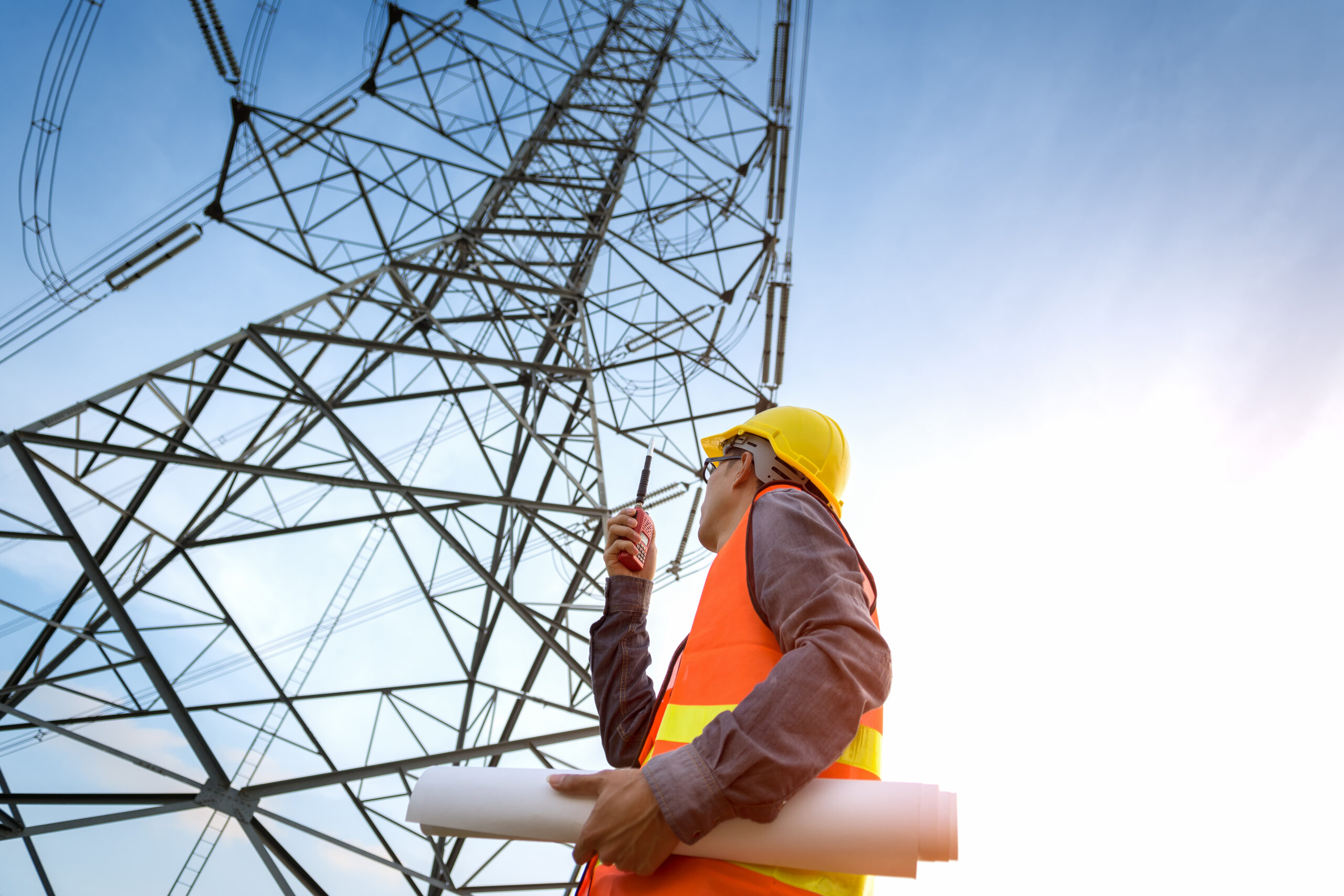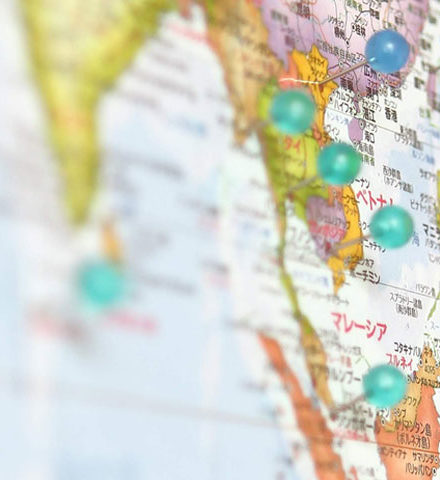
Power infrastructure maintenance/improvement project (2016-18)

-Customer industry/scale-
Engineering consulting business (large companies)
-Customer needs/issues-
- No expert for environmental impact assessment in the phase of planning power infrastructure
- Collecting opinions from stakeholders who may have negative impacts on power infrastructure development
-Support contents-
- Implementation of the strategic environmental assessment in accordance with international standards and methods
- Confirming the necessary items and procedures for environmental impact assessment with the local environmental protection authority
- Holding a public hearing to collect opinions on infrastructure development from local stakeholders
-Support period-
About 8 months
-Support results-
- Preparation of analytical data and materials that meet the requirements of the environmental protection authority
- Proposal for improvement of infrastructure development plan based on the opinions of stakeholders
Report
 Electric power is indispensable as a lifeline that supports people’s lives.
Electric power is indispensable as a lifeline that supports people’s lives.
For stable power supply, regular maintenance and facility updates, as well as detailed planning and updates of infrastructure such as securing backup power sources and transmission routes in case of failure or disaster are indispensable.
However, since the development of infrastructure may have negative impacts on natural environment and society, the impact on the environment and society should be fully examined and evaluated from the planning stage, and the plan should be improved to avoid or mitigate the negative impacts as much as possible.
In this project, we identified the environmental and social impacts that could be envisioned during the planning stage of power infrastructure. In addition, we supported the evaluation of environmental and social impacts, examination of countermeasures, and proposals for improvements to infrastructure plans through the collection of materials and data, interviews with the parties involved in the conservation of flora and fauna, and the natural environment.








